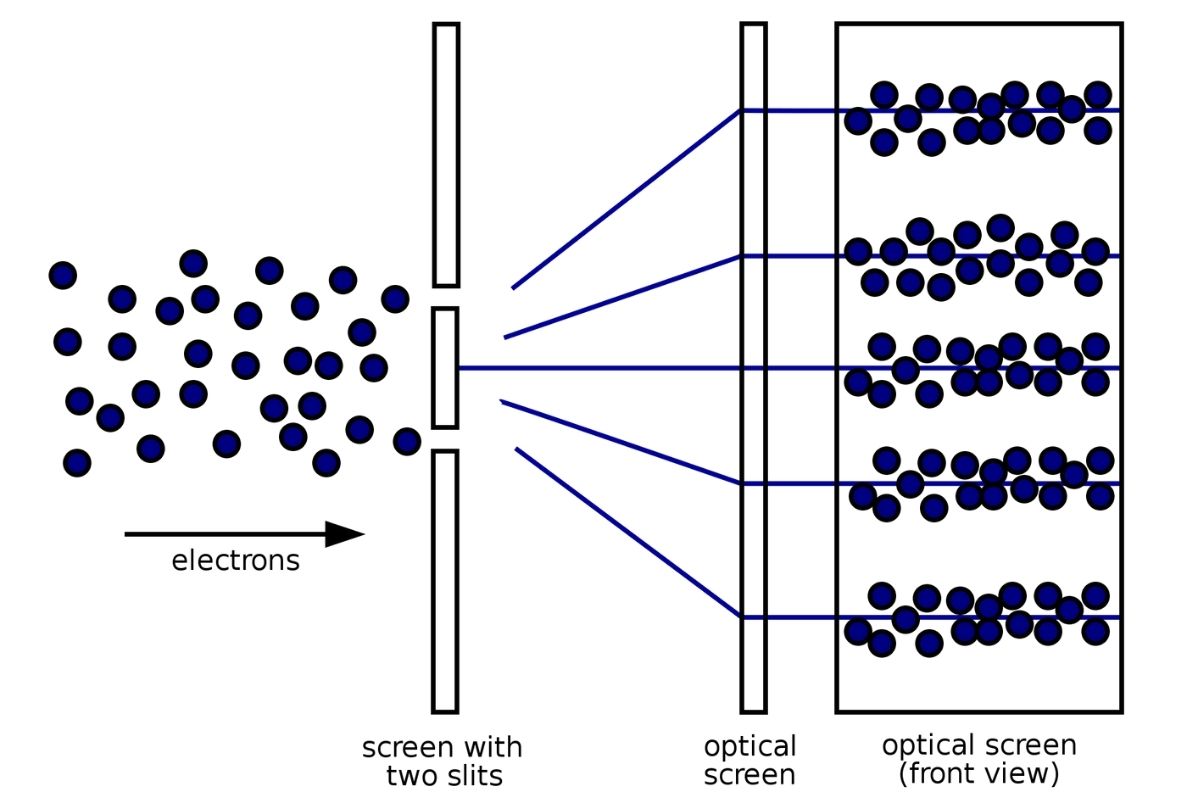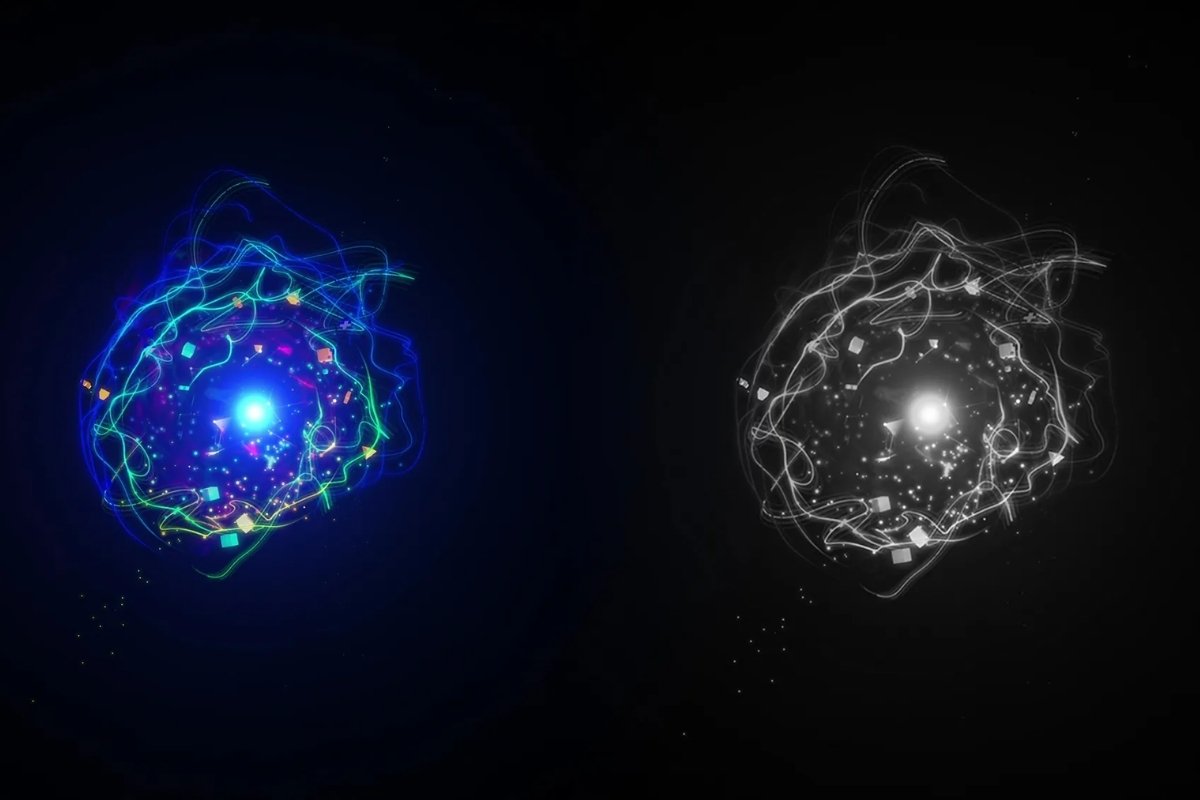Quantum mechanics, one of the most perplexing fields of physics, challenges our classical understanding of reality. Unlike Newtonian mechanics, which describes a predictable and deterministic universe, quantum physics suggests that the mere act of observation can alter the nature of reality itself. This concept, often referred to as the quantum observer effect, has fascinated and bewildered scientists for decades. In this article, we explore the foundations of quantum mechanics, key experiments demonstrating the paradox, and the implications for our understanding of the universe.
1. The Foundations of Quantum Mechanics
Quantum mechanics emerged in the early 20th century as scientists attempted to understand the behavior of particles at atomic and subatomic scales. Unlike classical objects, quantum particles do not have definite properties until they are measured. Instead, they exist in a superposition of multiple states simultaneously.
Key Principles of Quantum Mechanics:
- Wave-Particle Duality: Particles such as electrons and photons exhibit both wave-like and particle-like behavior.
- Superposition: A quantum system exists in multiple possible states until measured.
- Quantum Entanglement: Particles can become entangled, meaning their states are instantaneously linked regardless of distance.
2. The Double-Slit Experiment: Proof of the Observer Effect
One of the most famous experiments in quantum physics is the double-slit experiment, which demonstrates the paradoxical nature of observation in the quantum realm.
The Experiment Setup:
A beam of electrons or photons is fired at a barrier with two slits. On the other side, a screen detects where the particles land.
- Without Observation: When no measurement is made to determine which slit a particle passes through, an interference pattern emerges, suggesting wave-like behavior.
- With Observation: When a detector is placed at the slits to observe which path the particle takes, the interference pattern disappears, and the particles behave as if they passed through one slit or the other—acting like classical particles rather than waves.
This experiment suggests that quantum particles exist in a superposition of states until observed, at which point their behavior changes.

3. Schrödinger’s Cat: A Thought Experiment on Superposition
To illustrate the bizarre implications of quantum mechanics, physicist Erwin Schrödinger proposed a famous thought experiment known as Schrödinger’s Cat.
The Scenario:
- A cat is placed in a sealed box with a radioactive atom, a Geiger counter, and a vial of poison.
- If the atom decays, the Geiger counter triggers the release of poison, killing the cat.
- If the atom does not decay, the cat remains alive.
- According to quantum mechanics, until the box is opened, the cat is in a superposition of both alive and dead states.
This paradox highlights the strangeness of quantum mechanics, questioning how observation collapses superposition into a single outcome.
4. Quantum Mechanics and the Nature of Reality
The observer effect raises profound questions about the nature of reality itself. Does observation create reality? Does consciousness play a fundamental role in shaping the universe? Several interpretations attempt to explain this paradox:
1. Copenhagen Interpretation
Proposed by Niels Bohr, this interpretation suggests that a quantum system remains in superposition until it is observed, at which point the wave function collapses into a single definite state.
2. Many-Worlds Interpretation
According to this theory, proposed by Hugh Everett, every quantum event results in the universe splitting into multiple realities, where all possible outcomes occur in parallel.
3. Pilot-Wave Theory
Developed by Louis de Broglie and David Bohm, this interpretation suggests that quantum particles always have definite positions guided by an invisible wave.
Each of these interpretations provides a different way to understand how observation influences reality.

5. Implications for Technology and the Future
Quantum mechanics is not just a theoretical curiosity—it has practical applications in modern technology.
Quantum Computing
Unlike classical computers, which use bits (0s and 1s), quantum computers use qubits that can exist in multiple states at once due to superposition. This allows them to perform complex calculations exponentially faster than traditional computers.
Quantum Cryptography
Quantum mechanics enables secure communication through quantum encryption, making it theoretically impossible for an eavesdropper to intercept messages without detection.
Quantum Teleportation
Scientists have demonstrated quantum entanglement to transmit information instantaneously over distances, laying the foundation for future breakthroughs in teleportation and communication.


